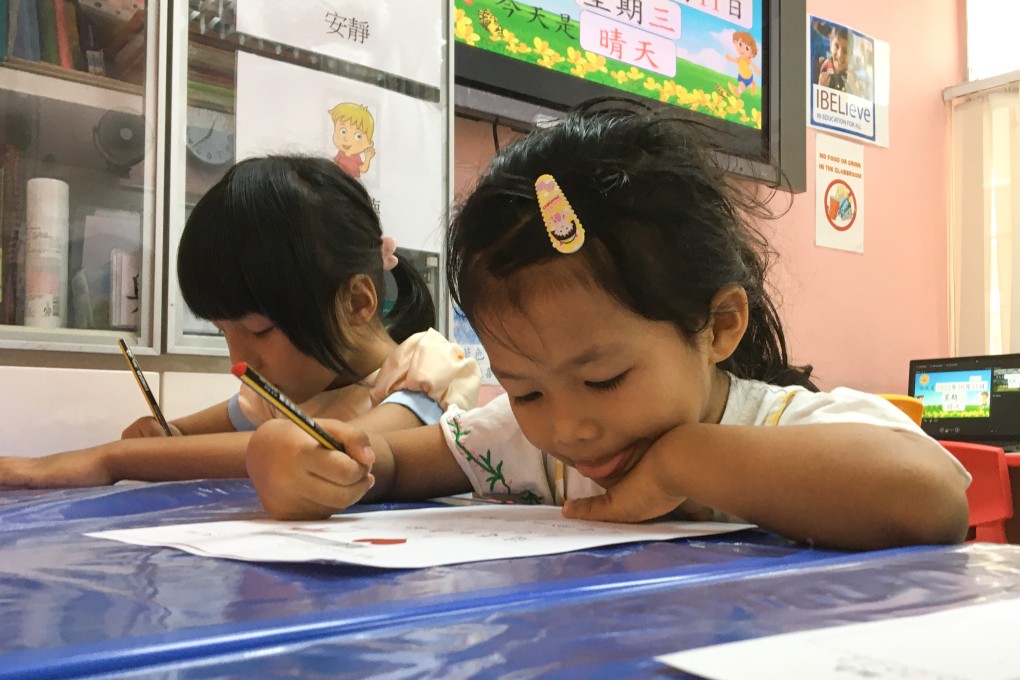Language Matters | Why minority languages matter for learning and culture, yet many are at risk of dying out
Most people grow up hearing two or more languages spoken around them, yet many abandon their mother tongues for languages used more widely

What is your mother language? Do you speak it on a regular basis?
Mother tongue or mother language usually refers to the language first acquired by a person from birth – their native language.
While it is a straightforward concept for those from monolingual backgrounds, it is more complex for the majority of the world’s population who exist in multilingual environments. Some grow up with two, three, or even half a dozen language varieties spoken or signed around them.
Yet state policies mean that a few languages are officially sanctioned and supported while others, many of which are mother languages of a proportion of the population, are not.
Many minority-language communities thus shift from their heritage or community language, their mother tongue, to the dominant language(s) where they live or to a language more widely used, such as English, for reasons of assimilation and opportunity.
Ironically, early schooling in one’s mother language has been shown to enhance comprehension, engagement, and critical thinking – but 40 per cent of learners lack this opportunity.
